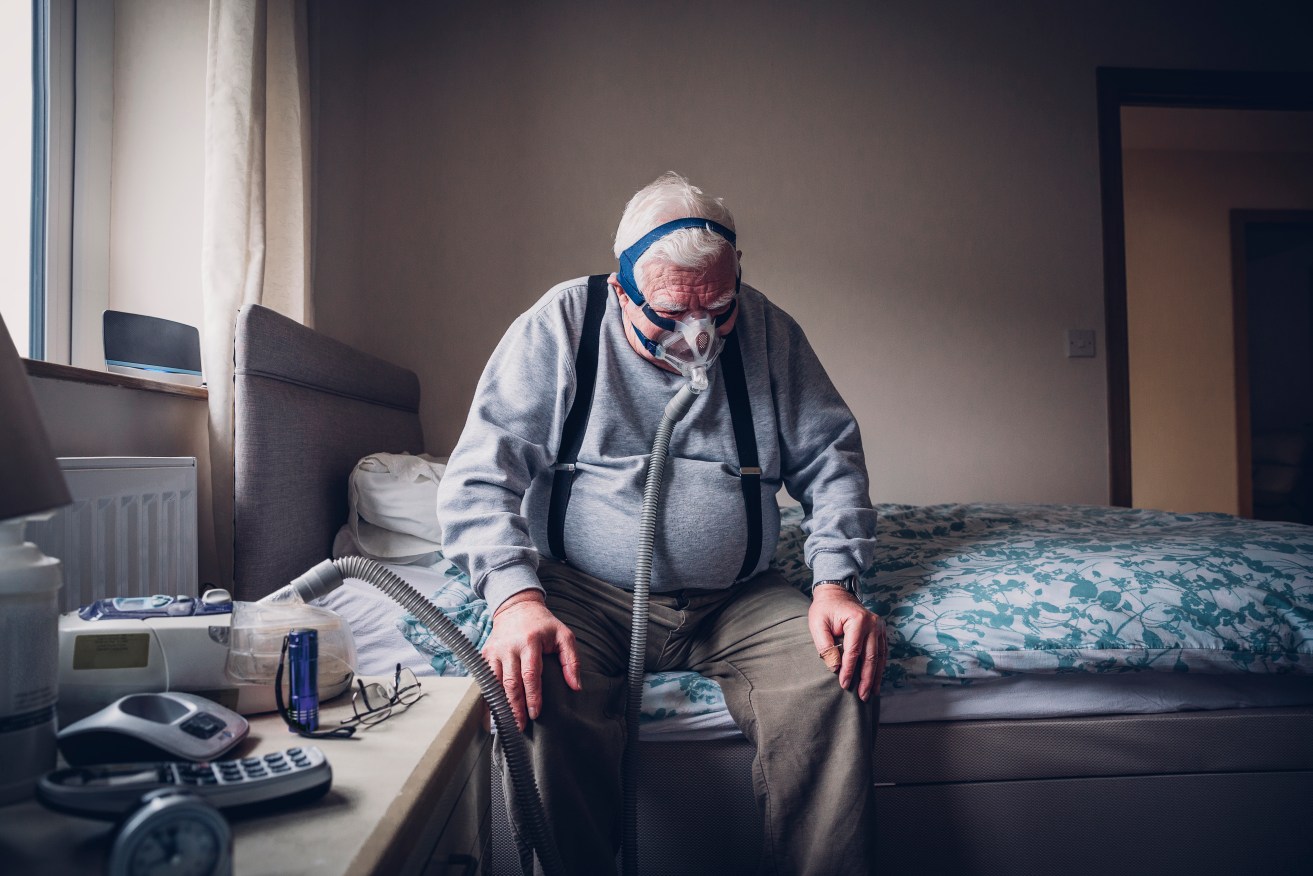The workplace hazards responsible for hidden diseases


Workplace toxins may be responsible for underlying health conditions. Photo: Getty
Many Australians face serious workplace hazards they are unaware of.
Dust diseases, such as occupational asthma, asbestosis and silicosis, are among the life-threatening conditions endangering people working with toxic airborne contaminants.
But people who are diagnosed with cancers and other lung diseases may not connect the dots between their workplace exposure and their ill health.
This includes smokers or people who have been smokers in the past.
Not only is it important for your GP to record your smoking history, it’s important they know whether you have been exposed to toxic workplace materials.

People who are diagnosed with cancers and other lung diseases may not be aware that workplace exposure may be a contributing factor in their condition. Photo: Getty
Having a full clinical and occupational history can determine the correct diagnosis.
It’s also important to know if someone has an underlying medical condition and has been exposed to workplace toxins that either exacerbate or increase the risk of contracting an illness.
These people still have legal options of compensation.
Arming yourself with the right info
Workers who have been exposed to toxins in the workplace such as crystalline silica – a common dust stonemasons encounter when cutting and polishing engineered stone – can empower themselves by asking questions of medical professionals.
These focus on:
- Possible exposure to contaminants at their current work and previous workplaces
- Health impacts of exposure to these contaminants
- Current health symptoms
- Any underlying health conditions.
Be as detailed as possible with dates of work, type of work tasks carried out and the materials used.
Who you need to consult
Your GP is a good starting point and they may refer you to an occupational health physician, who specialises in managing work-related conditions.
An occupational health physician will collect information about your previous and current health, your job, hazards you may face, and any current symptoms.
They will also ask about any medications taken, allergies, drug and alcohol use, smoking and family’s health history.
If they need more information, health monitoring may be recommended.
Health monitoring involves using medical tests to monitor and protect a worker’s health because of exposure to hazardous chemicals, such as crystalline silica, asbestos, benzene and many more.
Possible health implications
Workplace dust diseases can result in occupational asthma, asbestosis, silicosis and in some cases lung cancer.
Cases of occupational asthma and asbestosis are declining, but the number of people with fibrotic lung diseases, including silicosis, are on the rise.
In 2019 there were an estimated 350 cases of silicosis in Australia, according to researchers at the Centre for Resources Health and Safety at the University of Newcastle.
With more than 500,000 workers being exposed to respirable crystalline silica in the workplace every year, it is feared silicosis numbers will continue to increase.
Silicosis is a debilitating and incurable lung disease caused by breathing in crystalline silica, which is found in stone, sand, concrete and mortar.
It is used to make composite stone for benchtops, bricks, tiles and some plastics.
If you have been diagnosed with an illness linked to exposure at your work you may be entitled to financial compensation.
Get legal advice from Maurice Blackburn Lawyers, they have extensive experience in dust-related issues. Contact them on 1800 763 192 for a free consultation. Continuing to work in a dangerous work environment may be one of the worst things you can do for your health.
If you have been diagnosed with an illness linked to exposure at your work it’s important to understand the options available to you.
Maurice Blackburn Lawyers has extensive experience in dust-related diseases. Continuing to work in a dangerous work environment may be one of the worst things you can do for your health.